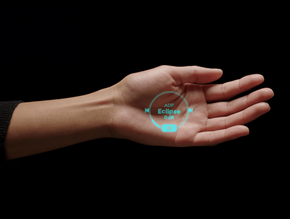3 ways implementing AI has changed education

Machine Learning (ML) and Artificial Intelligence (AI) are key drivers of growth and innovation across all industries, and the education sector is no different.
The pandemic completely changed the way education was delivered, with online classes, assignments, and tuitions, technology was key. According to eLearning Industry, upwards of 47% of learning management tools will be enabled with AI capabilities in the next three years.
The artificial intelligence market size in the education sector in the US has the potential to grow by US$253.82 million during 2021-2025, and the market’s growth momentum will accelerate at a CAGR of 49.22%, found technavio.
AI has the power to optimise both learning and teaching, helping the education sector evolve to better benefit students and teachers alike. We take a look at three different ways AI has been used in education.
3. Task automation
Repetitive tasks that are done on a daily basis such as marking and administrative work can be made easier with the help of AI. For example, at universities, admission staff are often asked about the admissions process, which can become quite repetitive. For a situation like this, an AI-powered chatbot could be used, relieving staff.
2. Accessible learning 24/7
AI-powered learning can allow for fewer restrictions. It can help students learn at their own pace and also make it learning possible from anywhere and anytime. Students can often find it difficult in school if they cannot keep up with the pace, AI can allow for personalised programmes and studying at the pace that suits the student. This flexibility reduces the burden on the students which can have a very positive impact on their final grades.
Many students require additional help after actual lessons to clarify certain concepts. AI tutors can help solve this issue. For instance, Cloudbot AI can converse with students about the problems that they are facing and further, correct the mistakes of the students in real-time.
1. Personalised learning
As diversity increases in education (language, background, etc), more educators are needed to provide individualised support to students. A way of doing this is through technology, using AI to personalise every student’s learning journey.
AI can help teachers by figuring out how to assist students with learning, and it can create personalised lesson plans to meet the specific needs of the students. The Harvard Business Review reported that AI-based learning systems provide educators with information like the learning style of the students, their progress, and abilities.
With personalised learning, the students are offered an educational approach that caters to their individual needs and abilities and thereby, increasing their motivation. Technology can provide each student with individual learning material based on their knowledge gaps, learning pace, and preferences. Likewise, educators are able to more easily track students’ progress.






